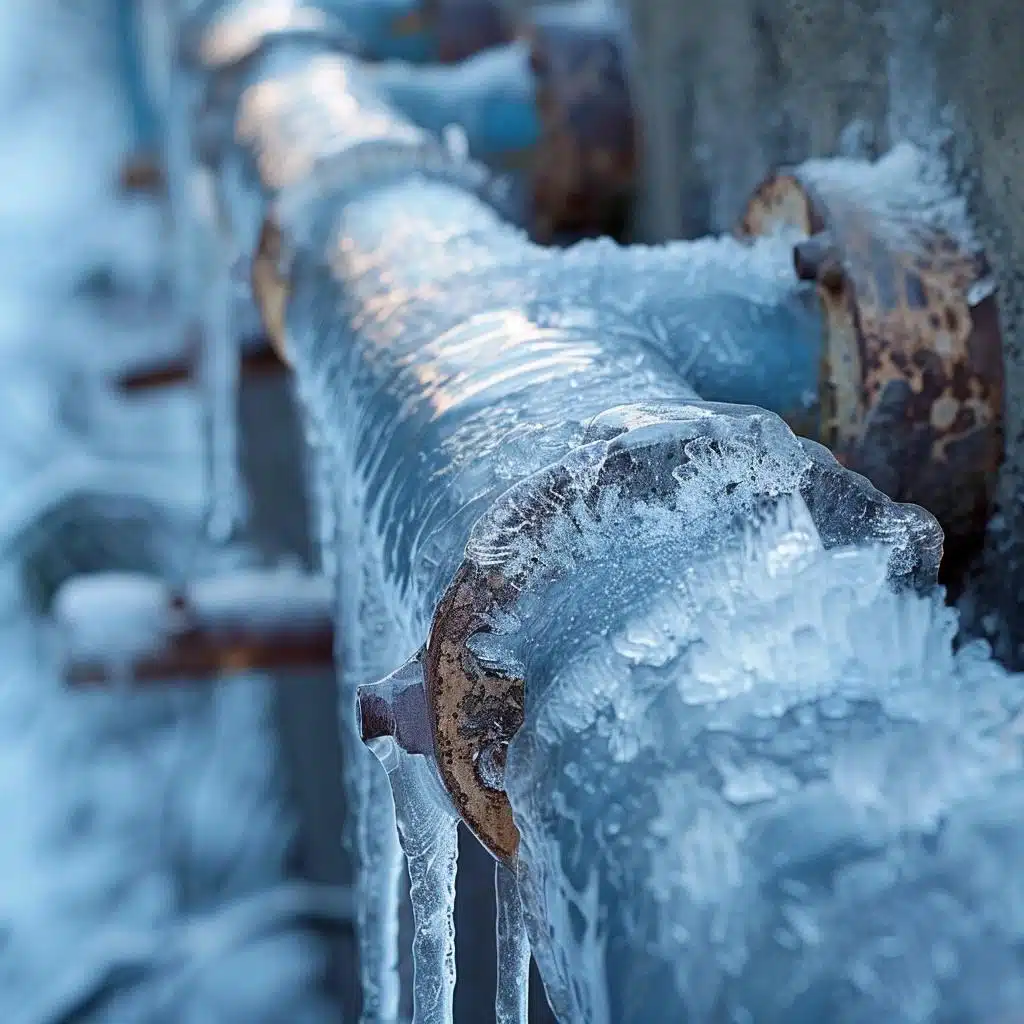Protect Against Frozen Pipes in Cold Weather: Professional Tips
Protect Against Frozen Pipes in Cold Weather: Professional Tips
Blog Article
Are you currently in search of additional info involving How to prepare your home plumbing for winter weather?

Winter can wreak havoc on your pipes, especially by freezing pipelines. Below's just how to avoid it from happening and what to do if it does.
Intro
As temperature levels decrease, the threat of icy pipes increases, potentially resulting in costly repair services and water damage. Comprehending exactly how to avoid icy pipes is vital for property owners in cold climates.
Understanding Icy Pipes
What causes pipelines to ice up?
Pipes ice up when subjected to temperature levels listed below 32 ° F (0 ° C) for prolonged periods. As water inside the pipelines freezes, it broadens, putting pressure on the pipeline walls and potentially causing them to break.
Risks and damages
Icy pipes can result in water supply disruptions, residential property damage, and pricey fixings. Burst pipes can flooding homes and cause considerable architectural damage.
Indicators of Frozen Pipeline
Determining frozen pipes early can prevent them from breaking.
Exactly how to identify frozen pipelines
Search for decreased water circulation from taps, unusual odors or noises from pipes, and noticeable frost on subjected pipes.
Prevention Tips
Shielding at risk pipes
Cover pipelines in insulation sleeves or utilize warmth tape to protect them from freezing temperatures. Concentrate on pipelines in unheated or external locations of the home.
Home heating methods
Maintain interior rooms sufficiently warmed, specifically locations with pipes. Open closet doors to permit warm air to distribute around pipelines under sinks.
Safeguarding Exterior Pipes
Garden tubes and outside faucets
Detach and drain yard hose pipes prior to wintertime. Install frost-proof faucets or cover exterior faucets with protected caps.
What to Do If Your Pipes Freeze
Immediate actions to take
If you presume frozen pipelines, maintain taps open to alleviate stress as the ice thaws. Use a hairdryer or towels soaked in warm water to thaw pipes gradually.
Long-Term Solutions
Architectural changes
Take into consideration rerouting pipelines far from exterior walls or unheated locations. Include additional insulation to attic rooms, cellars, and crawl spaces.
Upgrading insulation
Invest in top notch insulation for pipes, attics, and walls. Correct insulation aids maintain regular temperature levels and reduces the risk of frozen pipelines.
Final thought
Preventing frozen pipes calls for proactive measures and fast feedbacks. By understanding the causes, indicators, and preventive measures, homeowners can protect their pipes during winter.
6 Proven Ways to Prevent Frozen Pipes and Protect Your Home
Disconnect and Drain Garden Hoses
Before winter arrives, start by disconnecting your garden hoses and draining any remaining water. Close the shut-off valves that supply outdoor hose bibs and leave the outdoor faucet open to allow any residual water to drain. For extra protection, consider using faucet covers throughout the colder months. It’s also important to drain water from any sprinkler supply lines following the manufacturer’s directions.
Insulate Exposed Pipes
Insulating your pipes is an effective way to prevent freezing. Pipe insulation is readily available at home improvement stores and is relatively inexpensive. Pay close attention to pipes in unheated areas such as the attic, basement, crawl spaces, or garage. Apply foam insulation generously to create a buffer against the cold. You can also wrap your pipes in heat tape or thermostat-controlled heat cables for added warmth.
Seal Air Leaks
Inspect your home for any cracks or openings that could let in cold air. Seal any holes around the piping in interior or exterior walls, as well as the sill plates where your home rests on its foundation. Additionally, make sure to keep your garage door closed unless you’re entering or exiting. Leaving it open creates a significant air leak that can lead to frozen pipes.
Allow Warm Air Circulation
During cold snaps, it’s essential to allow warm air to circulate evenly throughout your home. Leave interior doors ajar to promote better airflow. Open kitchen and bathroom cabinets to help distribute heat consistently around the rooms. If you have small children or pets, be sure to remove any household chemicals or potentially harmful cleaners from open cabinets for safety.
Let Faucets Drip
A small trickle of water can make a big difference in preventing ice formation inside your pipes. When temperatures drop significantly, start a drip of water from all faucets served by exposed pipes. This continuous flow helps prevent the water from freezing. Additionally, running a few faucets slightly can relieve pressure inside the pipes, reducing the chances of a rupture if the water inside does freeze.
https://choateshvac.com/6-proven-ways-to-prevent-frozen-pipes-and-protect-your-home/

As a reader about How To Avoid Freezing Pipes, I thought sharing that segment was really helpful. So long as you enjoyed our page plz consider to share it. We treasure reading our article about Prevent Frozen Pipes .
Call Today Report this page